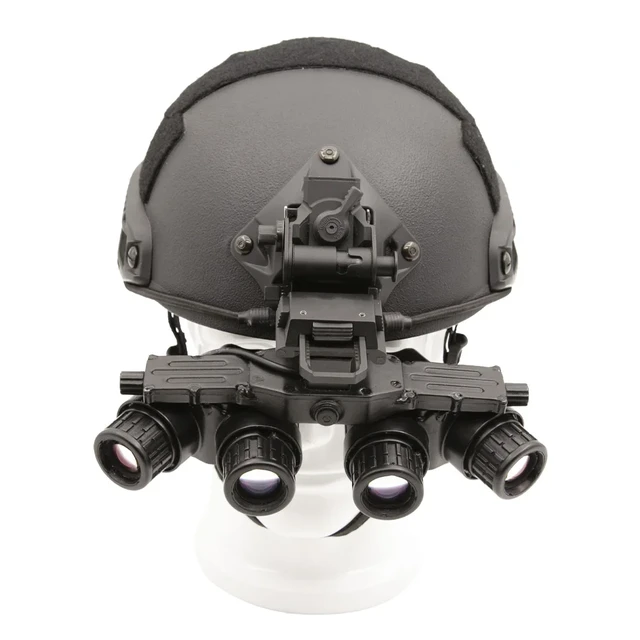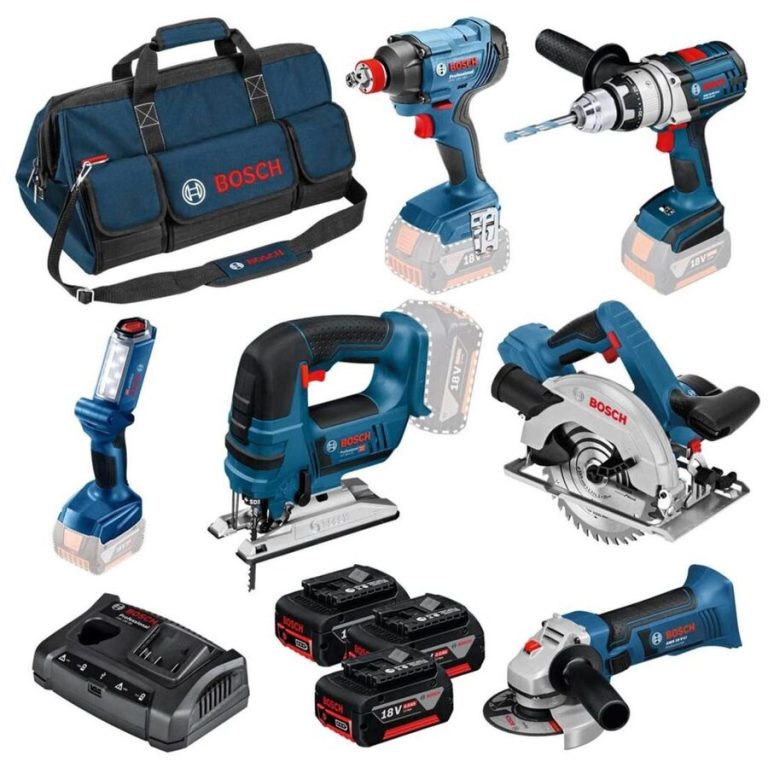
Why is Night Vision Green
Ever peered through night vision goggles and marveled at the world transformed into a sea of emerald greens? Unlike the technicolor landscapes we see during the day, night vision technology paints a very specific picture. But why are nvgs green? The answer lies in a fascinating interplay between human physiology, technological limitations, and the science of light itself.
Demystifying Night Vision: A Technological Marvel
Night vision devices work by amplifying existing ambient light, allowing us to see in low-light conditions where the naked eye struggles. Here’s a simplified breakdown of the process:
- Light Gathering: Night vision goggles use an objective lens to collect available light, including starlight, moonlight, or even faint infrared radiation.
- Image Intensification: The gathered light is then directed towards a photocathode, a light-sensitive surface that converts the photons (particles of light) into electrons. These electrons are then multiplied through a microchannel plate, significantly amplifying the signal.
- Phosphor Display: The amplified electrons strike a phosphor screen at the back of the device. This phosphor screen, like the one used in glow-in-the-dark toys, emits light when bombarded with electrons.
The Green Advantage: Optimizing for Human Perception
Now, here’s where the green color comes into play. The choice of green phosphor is not merely aesthetic; it’s a result of clever engineering catering to the strengths of the human visual system. Here’s why green reigns supreme in night vision:

-
Enhanced Sensitivity: The human eye possesses three types of color cone cells, responsible for perceiving color: red, green, and blue. However, in low-light conditions, the rod cells, highly sensitive to grayscale variations, take over. Interestingly, these rod cells are most sensitive to green wavelengths around 500 nanometers. By using a green phosphor, night vision devices leverage this peak sensitivity, allowing us to perceive the amplified image with greater clarity and detail compared to other colors.
-
Reduced Eye Strain: Prolonged exposure to bright light, especially blue light, can cause eye strain and fatigue. Green light, on the other hand, falls in the middle of the visible light spectrum and is less stimulating to the eye. This makes green a more comfortable color for extended use through night vision goggles, particularly during long surveillance missions or nighttime operations.
-
Phosphor Efficiency: Green phosphors tend to be more efficient at converting electrons into visible light compared to other color phosphors. This translates to brighter and sharper images on the night vision display, crucial for effective observation and target identification.
It’s important to note that advancements in night vision technology are ongoing. In 2024, researchers are exploring the use of new phosphor materials that offer a wider range of color differentiation, potentially providing a more nuanced view of the night environment. However, for now, green remains the dominant color due to its effectiveness in maximizing human visual perception and comfort in low-light conditions.

Beyond Green: Exploring Alternative Technologies
While green holds the current crown in night vision, alternative technologies are emerging to potentially offer a broader spectrum of vision:
-
White Phosphor Night Vision: This technology utilizes a white phosphor screen, aiming to provide a more natural and daylight-like view. However, white phosphor is generally less efficient than green phosphor, resulting in a dimmer image.
-
Image Fusion Technology: This approach combines data from night vision with thermal imaging (which detects heat signatures) to create a composite image. This can be beneficial in situations where both visual and thermal cues are crucial for situational awareness.
These advancements offer exciting possibilities for the future of night vision. However, the green phosphor technology remains widely used due to its proven effectiveness, affordability, and compatibility with existing night vision equipment.
Applications of Night Vision: Seeing Beyond the Darkness
Night vision technology plays a vital role in various fields, including:

-
Military and Law Enforcement: Night vision goggles enhance situational awareness during nighttime operations, search and rescue missions, and border security.
-
Search and Rescue: Night vision aids in locating missing persons or identifying injured individuals in low-light conditions.
-
Astronomy: Night vision can enhance the visibility of faint celestial objects for amateur astronomers.
-
Security and Surveillance: Night vision cameras provide security personnel with a clear view of their surroundings during nighttime hours.
The ability to see in the dark offers significant advantages across various sectors, contributing to safety, security, and effective nighttime operations.
Night Vision in 2024 and Beyond:
A Glimpse into the Future
The year 2024 marks a significant period in the development of night vision technology. Here’s a closer look at some exciting advancements on the horizon:
-
Digital Night Vision: Traditional night vision relies on analog image intensification techniques. However, a growing trend is the adoption of digital night vision systems. These systems employ digital image sensors and processing to enhance the image further. This allows for features like image stabilization, zoom capabilities, and even integration with night vision cameras for real-time monitoring.
-
Enhanced Color Night Vision: As mentioned earlier, current night vision technology emphasizes green due to its effectiveness for human perception. However, research in 2024 is exploring the potential of enhanced color night vision. This involves using phosphor materials or digital processing techniques to create a wider range of color differentiation. While maintaining the core advantages of green for low-light sensitivity, these advancements could provide a more nuanced view of the nighttime environment, potentially aiding in target identification and situational awareness.
-
Miniaturization and Affordability: Traditionally, night vision equipment has been bulky and expensive. However, advancements in microelectronics and manufacturing processes are paving the way for smaller, lighter, and more affordable night vision devices. This could expand the accessibility of night vision technology to a wider range of users, from security professionals to outdoor enthusiasts.
These are just a few examples of the exciting developments in the realm of night vision technology. As we move forward in 2024 and beyond, we can expect further innovations that push the boundaries of what’s possible, blurring the lines between day and night for those who rely on seeing in the dark.
Additional Considerations When Choosing Night Vision Gear
While the emerald glow of night vision is captivating, choosing the right equipment requires careful consideration. Here are some key factors to ponder before you invest:

-
Intended Use: Night vision devices come in a variety of configurations, each suited for specific applications. Military-grade goggles offer exceptional performance but carry a hefty price tag. Consider your needs – are you a security professional requiring top-of-the-line equipment, or a casual explorer seeking a basic night vision experience?
-
Image Quality: Night vision devices vary in image resolution and clarity. Higher resolution translates to sharper and more detailed images, crucial for tasks like target identification. However, image quality often comes at a cost.
-
Field of View: The field of view (FOV) refers to the area you can see through the night vision device. A wider FOV allows for greater situational awareness but may be bulkier or more expensive.
-
Weight and Comfort: Night vision goggles can be heavy, especially for extended use. Consider the weight and comfort of the device, particularly if you anticipate wearing them for long periods. Head strap designs and padding can significantly impact comfort during wear.
-
Battery Life: Night vision devices rely on batteries to function. Factor in the battery life and type of batteries required when choosing your gear. Some devices offer external battery pack compatibility for extended use.
-
Night Vision vs. Thermal Imaging: While night vision excels at amplifying existing light, thermal imaging detects heat signatures. This can be advantageous in complete darkness or for identifying objects obscured by smoke or fog. However, thermal imaging devices tend to be significantly more expensive than night vision.
By carefully considering these factors, you can select the night vision equipment that best aligns with your needs and budget. Remember, reputable retailers often offer expert advice to guide you through the selection process.

Night Vision: A Gateway to a World Unseen
Night vision technology offers a glimpse into a world invisible to the naked eye, empowering us to navigate the darkness with greater awareness and safety. From its strategic applications in military and law enforcement to its potential for enhancing scientific exploration and even everyday security, night vision continues to evolve, shaping how we perceive and interact with the world around us, even in the absence of light.
Night vision is green because the human eye is most sensitive to green light, allowing us to perceive more detail and contrast. This explains why are night vision goggles green—using green phosphor screens maximizes visibility and reduces eye strain. When people ask why is night vision green or why is nightvision green, the answer lies in both biological efficiency and practical effectiveness. The night vision green hue provides a clear, comfortable viewing experience in low-light conditions, making it the optimal choice for night vision technology. Understanding why night vision is green highlights the thoughtful design behind these devices.

